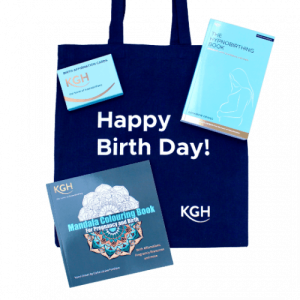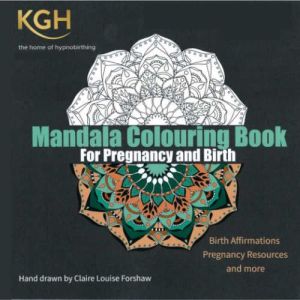With the wonderful news that Duchess of Cambridge will soon give birth, one can’t help but wonder about the previous Royal traditions.
Giving birth within the royal family has always been in the public eye and, not so long ago, was considered vitally important for the nation as a whole.
As the monarchy is becoming more contemporary, with a new generation now having their own children, you can see that this modernisation comes with good points and bad. Social media means that rumours about Duchess of Cambridge’s pregnancy can spread like wildfire, but it has also allowed her to take a greater level of control of how she wants her pregnancy and birth to progress. Women have been taking back this control since the Queen’s great-great-grandmother Queen Victoria.
Victoria: a Mother and a Queen
 Having 9 children throughout the course of her marriage to Prince Albert, Queen Victoria was certainly very knowledgeable in the area of childbirth. She also wasn’t afraid to let her opinions be known in the face of male pressures. After her first five children, Victorian became increasingly interested in methods of anaesthesia and during her final two births Dr John Snow administered chloroform through drops in a mask. Despite her desire to use this early technique, Victoria wrote to one of her daughters after the fact that, “Too much fuss is made of a very natural and usual thing,” and gave much advice on the subject. She also assisted a relative during an 18 hour labour, to giving comfort and support throughout.
Having 9 children throughout the course of her marriage to Prince Albert, Queen Victoria was certainly very knowledgeable in the area of childbirth. She also wasn’t afraid to let her opinions be known in the face of male pressures. After her first five children, Victorian became increasingly interested in methods of anaesthesia and during her final two births Dr John Snow administered chloroform through drops in a mask. Despite her desire to use this early technique, Victoria wrote to one of her daughters after the fact that, “Too much fuss is made of a very natural and usual thing,” and gave much advice on the subject. She also assisted a relative during an 18 hour labour, to giving comfort and support throughout.
More Recent Royal Births
Further down the line, The Queen was born by caesarean section, which was discreetly described by the press as, “a certain line of treatment was followed”. When it came to giving birth to her own child, it is thought that she attended antenatal training classes that included breathing and relaxation exercises. Her father, King George VI, decided that her son, Prince Charles would be the first direct heir to the throne whose birth wasn’t witnessed by a government minister. This had been a long running tradition to ensure that the baby wasn’t switched at birth which started when there were rumours that Prince James, son of James II and Mary of Modena, was not the king’s son, but that a baby had been smuggled into the royal bedchamber in a warming pan. Prince Charles was brought into the world with the use of forceps, possibly because in those days women, even royal ladies, gave birth lying in bed on their backs which is the most difficult way of bringing a baby into the world.
These days it’s hard to picture any woman giving birth with a Member of Parliament watching on!
Contemporary Birth and the Royal Family
Prince William was the first heir to the throne to be born in a hospital. Contrary to common belief this was not his mother’s first choice (who desired a home birth) but was rather insisted upon by the obstetrician Dr George Pinker. William was born at St Mary’s Hospital in Paddington after a completely drug free birth at Lady Diana’s request. How many mothers today desire the comfort of a home birth and are talked out of it by others? Fortunately recent research shows that home is likely to be the safest and most comfortable place to give birth.
The way that the British royal family displays pregnancy has undergone a tremendous shift within a relatively short space of time. Who knows how the next generation will come into the world?









